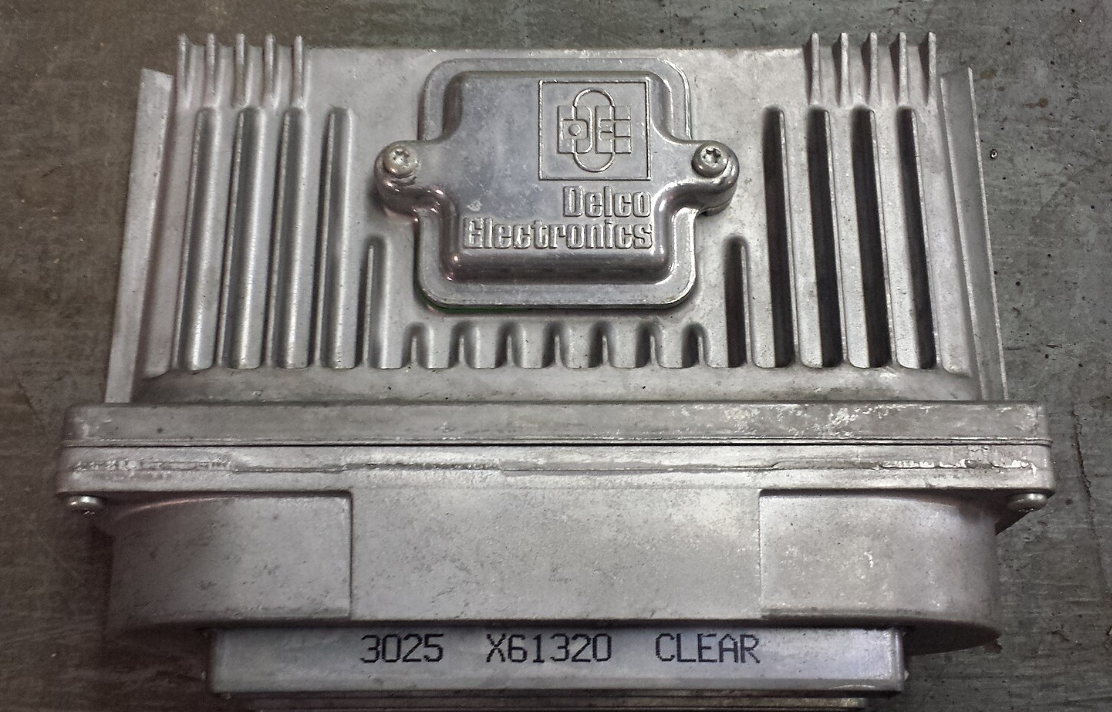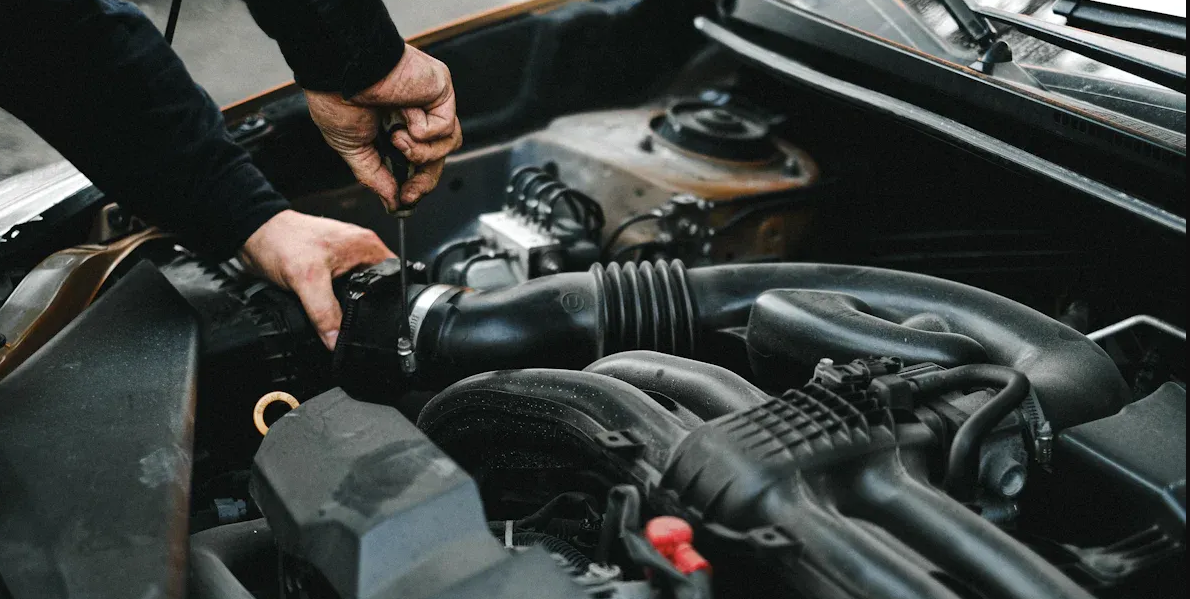Hyundai 3.3 Knock Sensor Replacement Tutorial
The knock sensor helps the engine run right. It hears pinging or knocking in the engine. The car computer uses the knock sensor to change the spark timing. When the sensor fails, the engine can lose power and run badly. On a Hyundai 3.3 V6, a bad knock sensor can cause the check engine light to come on, make the car use more fuel, and lower drive feel. This guide shows how to find the knock sensor, test it, and swap it with a new part. It also covers tools, tips, cost, and testing after the change. The language is plain and direct so you can follow every step.
Why the knock sensor matters
The knock sensor hears engine knock. Knock happens when fuel burns the wrong way. The sensor sends a small signal to the engine control unit (ECU). The ECU then makes small changes to the ignition timing. These changes stop the knock and protect the engine. If the sensor stops working, the ECU may run the engine with less power to avoid damage. That lowers fuel economy and hurts performance.
On Hyundai 3.3 engines, the knock sensor sits near the cylinder block or the intake area. The exact spot can change by model year and by car model (Santa Fe, Azera, Sonata, etc.). The sensor is small. It has a threaded end and an electrical plug. It is easy to miss when you work under the hood. If you know the signs, you can check the sensor yourself.

Common symptoms of a bad knock sensor
You may see the check engine light. You may also feel the car lose power or run rough. Fuel use may go up. The engine may ping under load. You might hear a knocking sound, but not always. The car may have lower throttle response. It may stall at low idle in some cases.
If the ECU gets a bad signal, it may store an error code. Use an OBD-II scanner to read codes. Codes like P0325 or P0330 may point to the knock sensor or its circuit. But codes are just a start. You must test the sensor and wiring. A bad sensor can give false signals. Wiring can break or corrode. The connector can be loose. You should check all parts before you change the sensor.
Tools and parts you need
You do not need a shop full of gear. You need some basic tools and a new knock sensor that fits Hyundai 3.3 models. Use OEM or a good aftermarket sensor. Cheap parts may fail fast. The tools you will use include a socket set with extensions and a swivel joint; a 22 mm or 23 mm socket often fits, but check the sensor size. You will need a ratchet and a breaker bar for tight bolts, and a torque wrench to set sensor and other bolts to spec. Flat head and Phillips screwdrivers will help with clips and covers, and pliers will help with clamps and wire clips. A multimeter lets you test sensor resistance and voltage. An OBD-II scanner reads and clears trouble codes. Optional items are penetrating oil for stuck bolts, shop rags, gloves, and a magnetic tray to hold fasteners.
Get a new sensor part number that matches your Hyundai 3.3 year and model. Check online or ask a dealer. If you buy aftermarket, pick a name brand with good ratings. Also inspect the harness and connector for damage. Sometimes the harness or connector fails, not the sensor.
Safety and prep
Work on a cool engine. Hot parts burn you. Park on level ground and set the parking brake. Disconnect the battery negative cable before you touch sensors or wiring. That stops the ECU and keeps you safe. Keep the area clean and use eye protection. If you will lift the car, use jack stands and wheel chocks.
Have a space to place the removed parts and keep track of bolts and clips. Take photos of connectors before you unplug them. That helps when you reassemble.
Find the Hyundai 3.3 knock sensor location
The knock sensor on Hyundai 3.3 engines sits low on the engine block or near the intake manifold. In many models the sensor is near the back of the engine, close to the firewall. In others it sits on the side of the block where the cylinder head meets the block. If you have trouble finding it, use a repair manual for your car year or search the part number location online. Some people mark the spot on a diagram and keep the note for later.
Remove the engine cover if you have one. The cover often hides the intake and the sensor area. Use a socket or screwdriver to unclip the cover. Once you see the intake and cylinder heads, look for a small threaded sensor with a wire plug. It may be mounted near a distributor area or a knock mount point. The wire runs to a connector. Follow the wire back to the engine computer to confirm it is the knock sensor harness.
Test the knock sensor and harness
Before you replace the sensor, test it. Some sensors fail electrically, but the harness or connector is the real cause. First, check for stored codes with an OBD-II scanner and record them. Clear the codes and test drive to see if the codes come back. Next, visually inspect the wiring and connector for broken wires, frayed insulation, or corrosion in the plug. Wiggle the plug to see if it is loose and clean the connector if it is dirty. Use a multimeter because some sensors are piezoelectric and do not show a simple resistance, but you can check for open circuits.
Set the meter to ohms and measure across the sensor terminals; you may see a resistance reading or infinite resistance if open, so check your repair manual for expected values. Back-probe the wiring harness with the key on but engine off; some guides give voltage values when cranking, and other times you can tap the engine near the sensor while the scanner is plugged in. The scanner may show small voltage spikes when you tap. If the scanner shows data and the sensor reacts to the tap, the sensor likely works. If not, the sensor or wiring may be bad.
If the harness is damaged, replace or repair the wiring. If the connector is corroded, clean it with electrical contact cleaner. If you still get bad readings, replace the sensor.

Remove the old knock sensor
With the battery negative cable off and the engine cool, start removal. Clear space around the sensor. You may need to remove parts like the intake tube, air box, or other covers that block access. Keep bolts and fasteners in a tray.
Unplug the electrical connector at the sensor by pressing the release tab and pulling the plug straight out. If the connector is stuck, use a small flat tool to press the clip, but do not force the wires. Use a socket and extensions to reach the sensor. If the sensor is tight or rusted, use penetrating oil and let it soak. Turn the bolt counterclockwise to remove the sensor. Keep the sensor orientation in mind and do not twist the harness.
If the sensor breaks in the hole, you may need a special extractor. That is rare but possible on older cars with seized sensors. In that case, get help from a machine shop or an experienced mechanic.
Install the new knock sensor
Before you fit the new sensor, clean the mounting area. Use a rag to remove oil and debris. Check the threads in the block for damage. If the threads are damaged, you may need a helicoil or a field repair. That is a bigger job.
Carefully thread the new sensor by hand first to prevent cross-threading. Turn it by hand until it seats and then use the socket and torque wrench. Set the torque to the value in the service manual. For many knock sensors, torque values are low, often around 15 to 25 Nm, but check your manual. Do not over-tighten because over-tightening can break the sensor.
Once the sensor is torqued, plug the electrical connector back in and ensure the plug clicks in and is secure. Route the wiring back to its clips and do not let the wire touch hot exhaust parts or moving components. Use zip ties to secure the harness if needed.
If you removed the intake or other parts, reinstall them in the reverse order and make sure gaskets and clamps are tight. Reinstall the engine cover and reconnect the battery negative cable.
Test after installation
Start the engine and let it idle while you watch for the check engine light. Use the OBD-II scanner to clear codes before starting the test. If the light comes back on, read the code and if the code points to the knock sensor again, check the harness and plug. If the code is gone, take the car for a short drive and push the engine under load to see if the pinging stops and the car feels normal.
Monitor fuel trims and engine timing with the scanner if you have live data. Look for a stable short-term fuel trim and steady spark advance under load. If the engine runs smooth and no codes appear, the job is done.
Common issues and tips
Sometimes the sensor is fine but the ECU needs a reset. Clearing codes and driving helps the ECU relearn. If the problem returns after a short time, recheck the part and harness. If the sensor is bad again after a new part, suspect the wiring closer to the ECU because heat and vibration can break wires at the harness splice or at ground points. Inspect the wiring along its full route.
If the sensor socket in the block is damaged, do not force the new sensor; repair the threads first. A bad thread can let the sensor loosen and fail. When you buy a knock sensor, compare the shape and connector pins because some parts look similar but differ in thread size or polarity. Fit matters, so buy the right part.
If you work in a humid or salty area, protect the connector with dielectric grease. A small dab inside the plug keeps moisture out. Do not overapply and avoid getting grease inside the sensor body.
DIY vs professional service
You can do this job at home if you have basic tools and a safe workspace. The work is mostly mechanical and electrical at low voltage. If you are new to car repair, you may want help from a friend or a mechanic. If you find seized bolts, stripped threads, or a broken sensor in the hole, get professional help.
Time varies by skill and car model. A DIY task for a skilled home mechanic can take one to three hours. A shop may charge one to two hours of labor plus parts. Labor rates vary. The sensor part cost ranges from a modest amount for aftermarket parts to higher for OEM parts. Expect the part to cost between thirty and one hundred fifty dollars, and labor in a shop to add more. Compare quotes and choose a trusted service if you go pro.
Hyundai 3.3 knock sensor replacement cost and value
The total cost depends on part choice and labor. If you do it yourself, your main cost is the part. A good OEM sensor protects your engine longer. Aftermarket can be fine if from a known maker. In shops, parts and labor add up. But replacing a bad knock sensor is cheaper than engine repair from untreated knock. So the cost is worth it.
Think of the sensor as a guard. It helps the ECU keep the engine safe. A small cost now can prevent a big cost later.
Troubleshoot after replacement
If the light returns or the car runs poorly, re-scan for codes and note the exact codes. Check the connector for proper fit and unplug and spray contact cleaner, then plug back in. Check wiring continuity from sensor plug to ECU if you know the wiring. Check for ground issues or a failing ECU if wiring looks good. Consider swapping the sensor with a known good sensor if you have one or borrow from a parts store that offers return.
If replacing the sensor did not fix the problem, the root cause may be elsewhere. Knock sensor codes can hide other faults like timing issues, vacuum leaks, bad fuel, or engine mechanical problems. Use the code and live data to guide further diagnosis.
Final checks and care
After the repair, drive the car on different roads and loads and watch engine health. If the car operates fine for several trips, your repair worked. Keep a note of the service and part number in the car record because that helps next time.
Inspect the sensor and wiring at regular service intervals. A quick look can catch damage before it becomes a fault. Clean the area if oil builds up.
Simple checklist before you start (in text)
Gather tools and the new sensor, read a model-specific manual for torque specs, disconnect the battery, find the sensor and check access needs, test sensor and wiring if you can, remove the old sensor, install the new sensor and torque to spec, then reconnect wiring and parts, clear codes and test drive.
Conclusion
Replacing the knock sensor on Hyundai 3.3 engines is a practical job for a home mechanic with basic tools. The sensor is small but it has a big role in engine control. A failing sensor can cut performance, raise fuel use, and risk engine harm. Test the sensor and wiring before you buy parts. Choose a quality replacement part and follow safe work steps. After you fit the new sensor, test drive and scan for codes to confirm the fix. With care, you can restore engine performance and prevent bigger problems later.









